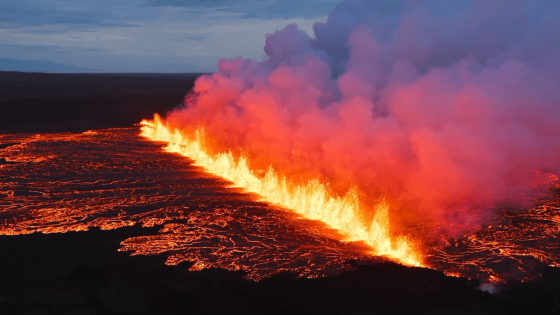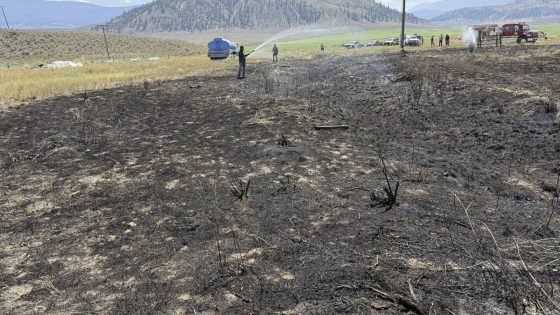A remarkable discovery has emerged from Pakistan’s Kohistan region, where the body of a man missing for 28 years has been found in a melting glacier. This finding highlights the profound impact of climate change on glacial environments, as the body was remarkably well-preserved, with clothing intact. On August 6, 2025, a shepherd stumbled upon the remains in the Lady Valley, prompting renewed interest in the case of Naseeruddin, who vanished during a snowstorm in 1997.
- Body found after 28 years in glacier
- Shepherd discovered well-preserved remains
- ID card identified missing man Naseeruddin
- Climate change accelerates glacial melting
- Family feud led to man's disappearance
- Body preservation explained by environmental factors
The shepherd, Omar Khan, described the scene as “unbelievable,” noting the body’s intact condition. Police traced the remains back to Naseeruddin, who had been traveling with his brother when he fell into a glacier crack. The discovery underscores how decreasing snowfall has accelerated glacial melt, revealing secrets long buried under ice.
This extraordinary find raises questions about the implications of climate change on our planet’s glaciers. How many more secrets lie hidden beneath the ice? As glaciers continue to melt, we may uncover more stories of those lost to nature’s unforgiving elements.
- Climate change is accelerating glacial melt, exposing long-hidden remains.
- The discovery offers closure to families affected by unexplained disappearances.
- It highlights the urgent need for climate action to protect vulnerable ecosystems.
As we reflect on this discovery, it serves as a stark reminder of the interconnectedness of climate change and human history. What steps will we take to address this pressing global issue?
































